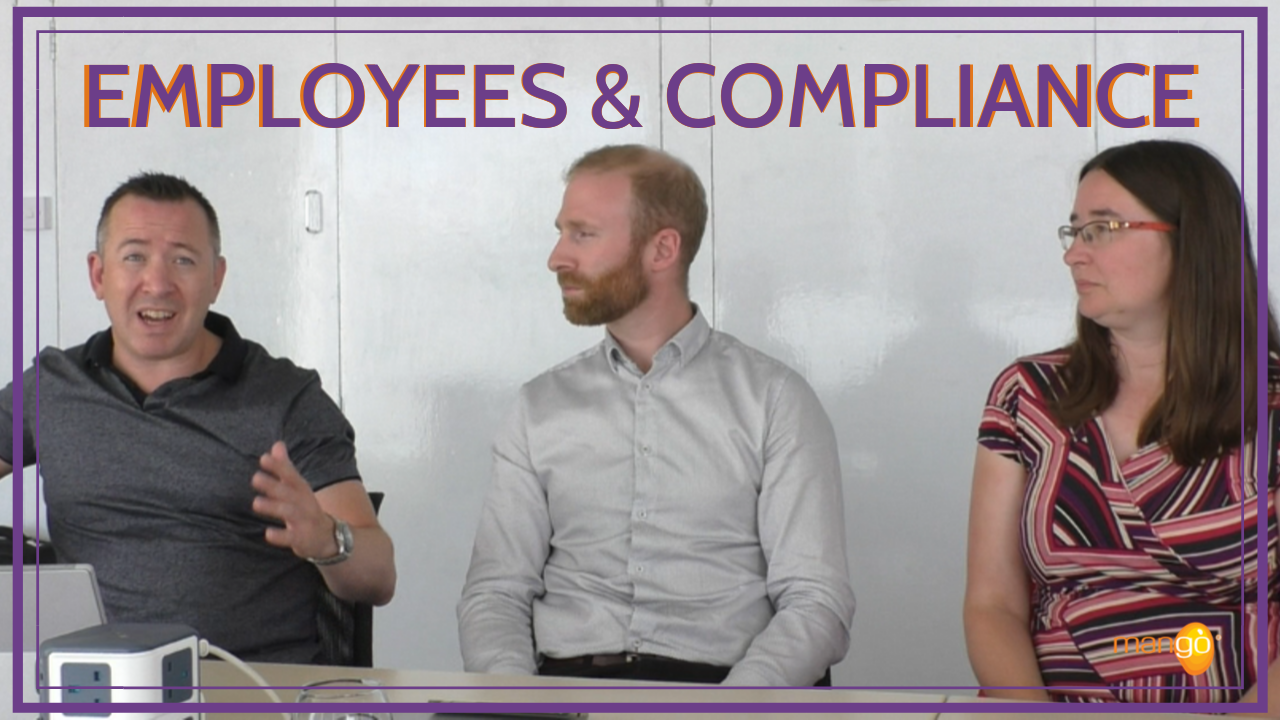Why it's time to move beyond spreadsheets
In my last blog, I looked at the limitations of spreadsheets and why they make poor solutions for QHSE compliance management activities.
But if spreadsheets aren’t the answer, what are?
Without getting overly-technical I’d like to introduce you to the wonders of relational databases. Now trust me here - they’re far more interesting than their name suggests. In fact, you’re probably using – and perhaps even enjoying – this type of technology already (Facebook and Salesforce are but two well-known examples).

However, the reason the term ‘relational database’ won’t necessarily mean much to you is because, whilst it’s a fundamental part of the software, you access it through an easy-to-use interface.
I remember trying to explain all this to a technophobe a few years ago and the best analogy I could come up with off the top of my head was that of the graceful swan. Not very original I know but I think it did the job…
Above the surface all we see is the swan looking pristine and pouty, moving gracefully across the lake. But, as we’ve been told many times before, all the hard work is actually being done out of sight, below water. And so the same is largely true of software applications like Facebook – as users, all we see and interact with is the flash stuff (the interface) but all the hard work is taken care of by the relational database.
OK, that’s more than enough with all this tech jargon - let's move on.
The power of relational databases
Now we have a basic understanding what one is, we can start to understand why relational databases are so much better than spreadsheets for information management.
- Databases support multiple, concurrent users
Whereas only one person can use a spreadsheet at any given time, a database happily supports hundreds – and even thousands - of concurrent users. And given QHSE compliance is a shared responsibility – and therefore requires easy collaboration – a solution built on a relational database is a must-have.
With spreadsheets, it is an ongoing, time-consuming battle to coordinate file access and ensure one person’s updates aren’t erased by someone else breaking the rules.
- Databases can be audited
Databases offer audit capability where individual user activity is automatically recorded for audit purposes - and so others can see the history of tasks and activities.
With spreadsheets, as soon as data is updated/overwritten, the history is gone forever unless users continually create new versions of the file (which is hardly practical when updates are happening all the time).
- Databases support formal workflow
Databases allow organisations to manage their business processes within the software. That way, they can not only manage and track progress centrally but also automate steps that would otherwise have to be performed manually.
When companies rely on spreadsheets to support their business processes, they must supplement their lack of workflow capability with equally silly solutions like email. But that doesn’t solve the problem – it just makes the process even more inefficient and harder to control.
With a database, each contributor to the process performs their tasks from the same place, using the same data and in the same way as their colleagues.
- Databases support real business intelligence and reporting
Relational databases can track just about anything and relate one set of data to another, unlocking the door to in-depth analysis of trends and variations that are otherwise hidden from view. That makes for an extremely powerful QHSE management system.
They can also automatically notify both managers and contributors of upcoming or missed deadlines, eliminating the need for back and forth emails and phone calls.
Queries - and the reports based on those queries - are also easier to write and run in a database. It’s also easy to mix, match and re-sort data in a relational environment, as opposed to static spreadsheets.
And of course none of this stops you from easily exporting data to a spreadsheet should some additional ad-hoc analysis be required.
- Databases are secure and enforce control
Building the correct security and controls into a database is an awful lot easier than in a spreadsheet.
For example, system and data access can easily be defined and controlled through user-profiles and unique logins. They also generally have sophisticated functions for optimizing data storage.
Since spreadsheets lack control and security features, everything tends to come down to the skill and judgement of one ‘super user’ to craft some compensating macros and business rules. But, even then, errors and omissions often go unnoticed.
- Databases can be really easy to use
As touched on earlier, many relational databases sit inside a software application that has a very intuitive and easy-on-the-eye interface. Of course this isn’t always the case but generally speaking, most software vendors now serve up an easy user-experience that comes with as sense of familiarity (based on other apps).
And with good dashboard reporting, your database will help you to successfully direct your QHSE initiatives – and your valuable time – to the proper places, where it can actually do some good.
The takeaway
Effective QHSE compliance needs a solution that supports collaboration, workflow, audits and reporting. It also needs a way to secure the data and facilitate communication.
Relational databases are the answer because they address the limitations, costs and risks associated with spreadsheets but they don’t force users out of their comfort zone.
But wait, there’s more! We now need to discuss what happens when you wrap a relational database in a Cloud-based application.
Look out for my next blog when I’ll demystify the term Cloud Computing and look at what it means for us compliance professionals.
.png?width=200&height=51&name=image%20(2).png)



